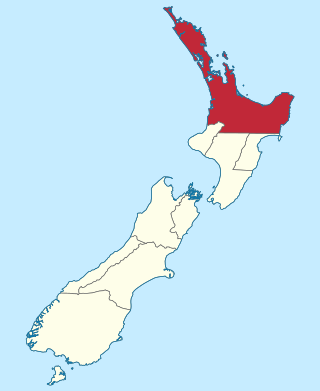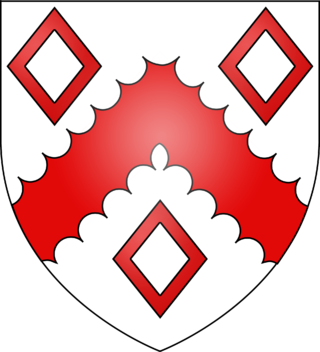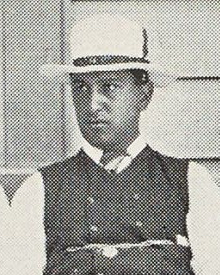Related Research Articles
John Thomas Watson Bacot (1821–1888) was a New Zealand politician in the Auckland Region.
The 2nd New Zealand Parliament was a term of the Parliament of New Zealand. It opened on 15 April 1856, following New Zealand's 1855 election. It was dissolved on 5 November 1860 in preparation for 1860–61 election. The 2nd Parliament was the first under which New Zealand had responsible government, meaning that unlike previously, the Cabinet was chosen by Parliament rather than by the Governor-General of New Zealand.

John Williamson was a New Zealand politician, printer and newspaper proprietor. He was a leading opponent of the 1860s wars against Māori and lost his newspaper and fortune as a result.
Captain William Cornwallis Symonds was a British Army officer who was prominent in the early colonisation of New Zealand.

The Auckland Province was a province of New Zealand from 1853 until the abolition of provincial government in 1876.
Sir William Symonds CB FRS was Surveyor of the Navy in the Royal Navy from 9 June 1832 to October 1847, and took part in the naval reforms instituted by the Whig First Lord of the Admiralty Sir James Robert George Graham in 1832.
Captain Thomas Symonds was a British naval captain of the American Revolutionary War.
Admiral of the Fleet Sir Thomas Matthew Charles Symonds, GCB was a Royal Navy officer. He was commanding officer of HMS Arethusa that participated in the bombardment of Sevastopol during the Crimean War.

Sir Thomas Spring, 3rd Baronet of Pakenham Hall in Pakenham, Suffolk, was an English baronet and landowner who served as High Sheriff of Suffolk in 1696.
Wairau was a parliamentary electorate in the Marlborough Region of New Zealand. It was one of the initial 24 New Zealand electorates and existed from 1853 until its abolition in 1938, when it was succeeded by the Marlborough electorate. The electorate had 13 representatives during its existence. The 1861 election in the Wairau electorate was notable in that a later Premier, Frederick Weld, was unexpectedly and narrowly defeated by William Henry Eyes.
The Southern Division was a New Zealand parliamentary electorate in the Auckland Province from 1853 to 1860. It was a large two-member electorate south of the town of Auckland.
Pensioner Settlements was a 19th-century parliamentary multi-member electorate in the Auckland region of New Zealand, from 1853 to 1870.
The 4th New Zealand Parliament was a term of the Parliament of New Zealand.

Captain John Jermyn Symonds was a 19th-century Member of Parliament in Auckland, New Zealand. He purchased land for the New Zealand Company and was later a judge of the Native Land Court.

Moreton Hall is a Grade II* listed building in Bury St Edmunds, a market town in the county of Suffolk, England. It was designed by the Scottish architect Robert Adam and built in 1773 as a country house for John Symonds (1729–1807), a clergyman and Professor of Modern History at Cambridge University. The building was originally known as "St. Edmund's Hill". It was later called "The Mount" and from 1890 "Moreton Hall".
Henry Colin Balneavis was a New Zealand soldier and public servant.

Henare Raumoa Te Huatahi Balneavis was a New Zealand interpreter, private secretary and public administrator of Māori descent. Through his mother Te Rina Matewai he was connected to Ngāi Tāmanuhiri, Ngāti Kahungunu, and Ngāti Rakaipaaka; through his father he was connected to Te Whakatohea iwi.
The Southern Division by-election 1858 was a by-election held in the multi-member Southern Division electorate during the 2nd New Zealand Parliament, on 8 May 1858.

John Symonds was an English academic, who became professor of modern history at the University of Cambridge.
The 1867 Pensioner Settlements by-election was a by-election held in the multi-member then single member Pensioner Settlements electorate during the 4th New Zealand Parliament, on 5 August 1867.
References
- 1 2 Wilson, James Oakley (1985) [First ed. published 1913]. New Zealand Parliamentary Record, 1840–1984 (4th ed.). Wellington: V.R. Ward, Govt. Printer. p. 238. OCLC 154283103.
- 1 2 "The Elections". Daily Southern Cross . Vol. XV, no. 1132. 4 May 1858. p. 3. Retrieved 2 May 2013.